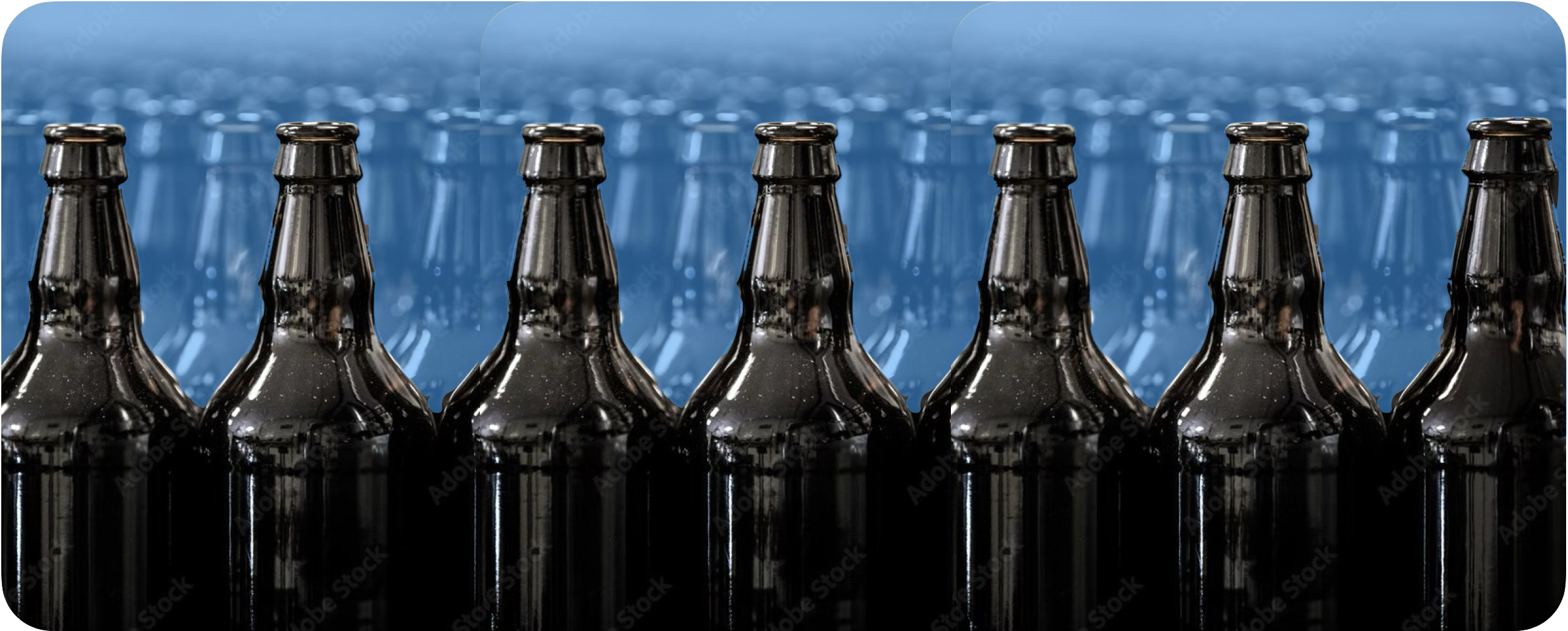Truck air temperature is not beer tansport temperature. Beer has thermal mass. That means it heats up and cools down slowly compared to the air around it. A brief spike in outside temperature might look alarming on paper, but the beer itself may not budge much at all. Likewise, a sudden cold snap doesn’t instantly chill your product.
By modeling the beer itself, not just the environment, we can describe the actual risk to quality. CoolShip simulates how beer absorbs and releases heat as it moves along a shipping route, accounting for truck speed, rest breaks, and real-world weather shifts. This level of precision means you don’t need to assume worst-case air conditions: you can know what’s really happening inside the load.
For COOs and CFOs, that’s the difference between defaulting to expensive refrigeration and choosing dry shipment with confidence.
Our models are calibrated and validated with real-world data from monitored shipments. We don’t just simulate; we measure. This means our predictions track closely with actual beer temperatures, not just forecasts or guesswork.
When you can trust the beer transport temperature, you can trust your product quality. That protects the product and your bottom line. Avoiding unnecessary reefer shipments reduces cost and emissions without compromising what matters most: the beer in the glass.
This is just one layer of the science. In future Lab Notes, we’ll dig deeper into our empirical validation. And if you want to see how route conditions are shifting week to week, keep an eye on our Route Notes.
Want to see how CoolShip models your own lanes? Contact us today to get started.

Leave a Reply